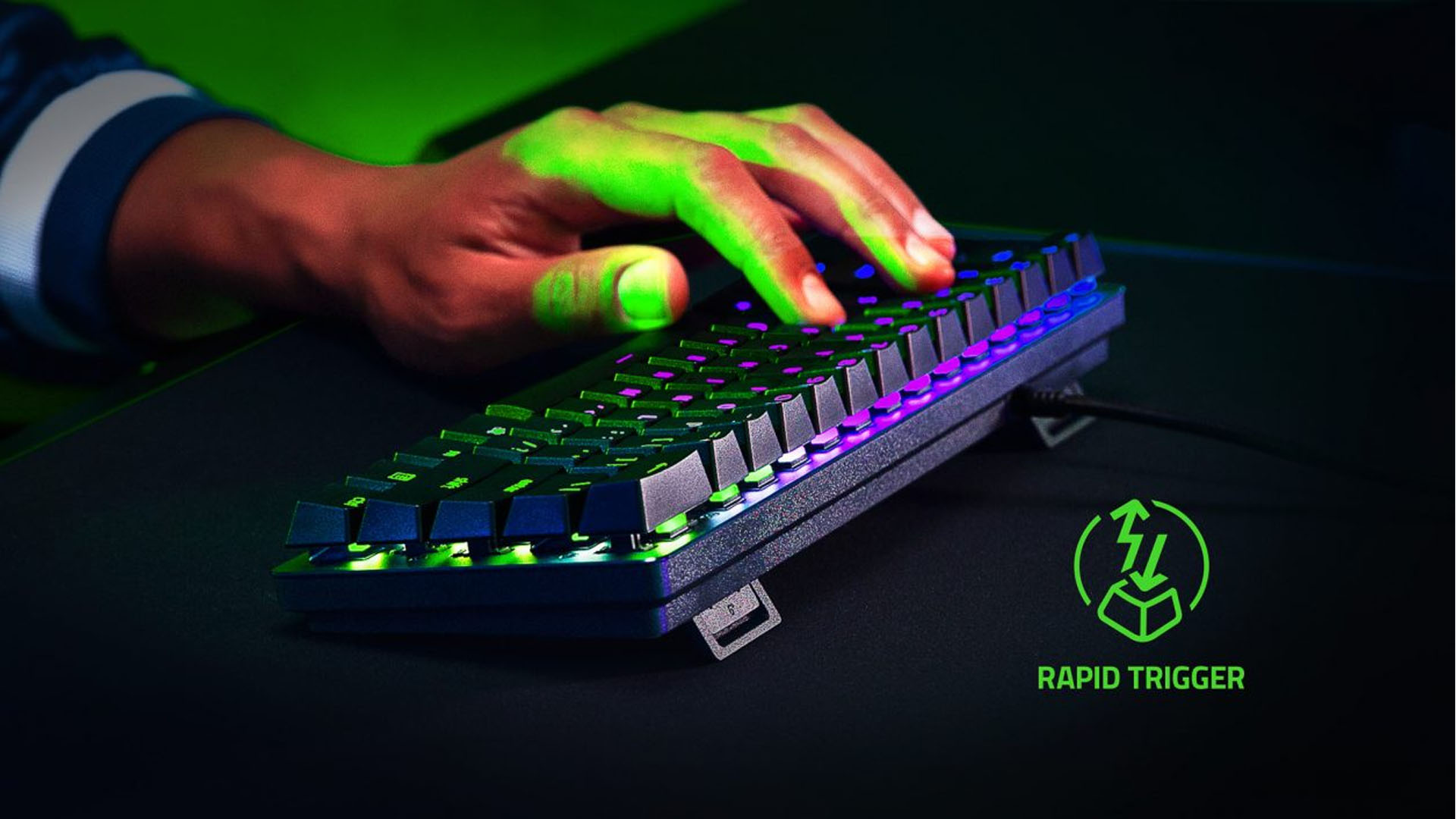Valve has recently implemented a ban on certain features of Razer and Wooting keyboards in Counter-Strike 2. This decision is aimed at maintaining fair gameplay by preventing the use of automated dual-movement features that could provide players with an unfair advantage.
Key Features Banned
-
Razer's Snap Tap: This feature allows for rapid input changes, enabling players to execute movements with precision and speed that would be difficult to achieve manually. It was introduced in Razer's Huntsman V3 Pro keyboards.
-
Wooting's Snappy Tappy: Similar to Razer's feature, Wooting's Snappy Tappy allows for quick directional changes, enhancing a player's ability to counter-strafe effectively.
Reason for the Ban
Valve's decision to ban these features stems from the potential for these technologies to lower the skill ceiling in Counter-Strike 2. The game is known for its emphasis on player skill, reaction time, and manual input precision. By automating certain movements, these keyboard features could disrupt the balance and fairness of the game, giving an edge to players who use them over those who rely on traditional input methods.
Community Reaction
The gaming community has had mixed reactions to this ban. Some players support Valve's decision, arguing that it preserves the integrity of the game by ensuring that skill remains the primary factor in competitive play. Others, however, feel that the ban stifles innovation in gaming hardware and limits players' ability to customize their gaming experience.
Impact on Keyboard Manufacturers
For Razer and Wooting, this ban means that they will need to adjust their marketing strategies and possibly develop new features that comply with Valve's regulations. Both companies have been at the forefront of gaming hardware innovation, and this setback may prompt them to explore alternative features that enhance gameplay without crossing into automation.
Conclusion
Valve's ban on Razer and Wooting's keyboard features in Counter-Strike 2 highlights the ongoing debate between technological innovation and fair play in competitive gaming. As the industry continues to evolve, finding a balance between these two aspects will be crucial for both game developers and hardware manufacturers.
For more detailed information, you can refer to the original articles from The Verge and GamesRadar.



